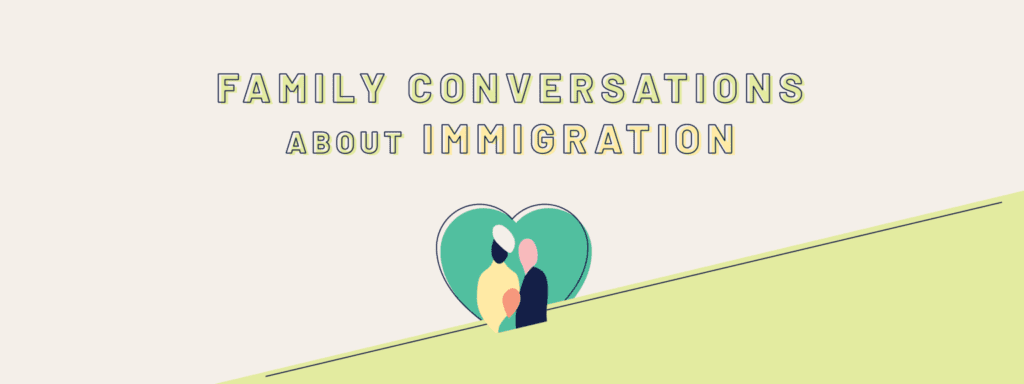When it comes to raising money, letters in the mail (and thank-you’s in the mail) still rule. But email is coming in a close second.
Part of that is the moment. As I write this, the pandemic is still raging in the United States, and Donald Trump is still President of the United States–and for both those reasons, the post office has been strained beyond belief.
Part of it is generational. There are more donors now who grew up always using email. (Indeed, there are some for whom email is passe, and they will let hundreds of messages pile up in their inbox while at least looking at every text message they receive on their phone.)
And part of the reason email is becoming more important is that email and postal mail are not competitors. To reach your donors, get their attention, and move them to give, you need both!
The Ideal Email Appeal
You have already seen the ideal appeal letter and the ideal thank-you letter on this blog. Now, I’d like to share what I consider to be the ideal email appeal. (Once again, I tip my hat to alert reader Joan Hill!)
From: Brendan Colthurst <[email protected]>
Date: Tue, Dec 29, 2020, 11:31 AM
Subject: You helped us tell stories no one else wants to tell
To: Joan HillJoan, I want to share a couple of important videos our video team here at RAICES made this year, acknowledge the importance of telling stories no one else is telling, and ask you for a donation of $65 to help make sure we can continue to tell these stories and fight for immigrant human rights.
BLACK IMMIGRANT LIVES
In the summer, one of our videos made a splash, with millions of views, tens of thousands of shares, and write-ups in major publications: Our Black Immigrant Lives are Under Attack video and accompanying article. In the video we lay out horrifying fact after horrifying fact about a US immigration system that is both terrorizing and undeniably worse for Black immigrants. We believe everyone needs to know what is happening to Black immigrants in the United States.
DACA
On DACA, we brought you a series of videos to both explain the legal technicalities…
…and to meet DACA recipients who have been caught in the crosshairs.
CELEBRATING WINS
We celebrated a moment of pure joy watching Cameroonian asylum seeker Stephane reunite with his sister after a decade apart. Like the majority of asylum seekers, he was cruelly trapped in detention for months, even though his family was waiting for him with a safe home. Thankfully our RAICES Bond Program was able to get him out.
We believe that if all Americans truly knew how America treats its immigrant community members, they’d fight like hell for immigrant human rights just like we do. That’s why we tell the stories no one else is telling.
DONATE Whether you are giving today, already support us, or are giving in other ways, thank you. Our mission requires solidarity, vigilance, and a strong community of supporters who stand up and fight whenever and wherever human rights abuses occur.
Thank you for standing with us,
Brendan Colthurst
Chief Technology Officer
RAICESRAICESTEXAS.ORG
EIN 74-2436920
RAICES
1305 N. Flores
San Antonio, TX 78212
United States
Why It Works
This email from RAICES does well at every turn.
- The “From:” line tells you it’s in the name of a single, real person.
- The “Subject:” line you that YOU made a real difference, and how. (It also promises stories, and everyone likes to hear those!)
- Emotional language engages the reader.
- The email asks for money early and often, so if Joan doesn’t end up reading the whole email she may still give.
- The Donate links are prominent and visible.
- The photos and videos break up the “wall of text” and add visual interest to keep the reader interested. And the links lead to pages that include a call to give to RAICES.
Could this email be a little on the long side? Perhaps–if Joan weren’t already a committed supporter.
But the nonprofit knew who Joan was–she’s in their database–and they pitched their appeal to her personally. I’d bet money they sent a different email to first-time donors, and a different one to prospects!
The Next Time You Ask, Use Email
If you are not asking for money by email yet, please take some tips from this example, and start! Don't give up on postal mail, because that would be a disaster for your bottom line. But using both, in tandem, would be ideal. Share on X







